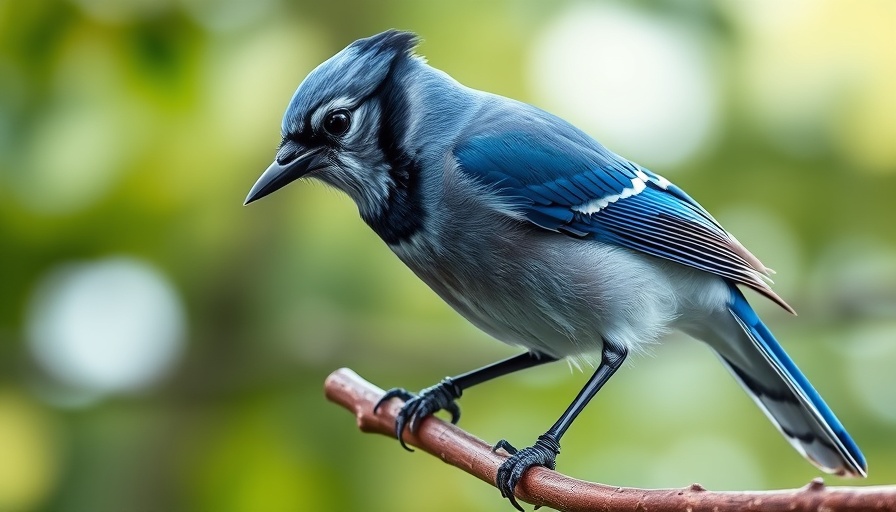
The Impact of Sleep Patterns on Cognitive Health
People often categorize themselves as either night owls or early birds, but recent research suggests that these sleep patterns might have significant implications for cognitive health. A study highlighted in Fortune reveals that night owls—those who prefer staying up late and sleeping in—tend to face higher health risks compared to their early-rising counterparts. These health risks manifest in ways that are alarming, particularly in the realm of cognitive decline.
The Science Behind Sleep Timing
Research into chronobiology—the study of biological rhythms—shows that our sleep-wake cycle profoundly impacts various health outcomes. Night owls, often exposed to unnatural light during evening hours, may disrupt their circadian rhythms. This disruption not only affects sleep quality but also has been associated with a range of health issues, from cardiovascular diseases to cognitive impairments. By understanding how this interplay works, night owls might take actionable steps to mitigate risks.
Awareness and Action: Adjusting Sleep Patterns
Recognizing the potential risks associated with being a night owl is the first step towards better health. Experts encourage gradual adjustments to sleep schedules. This might include setting a consistent bedtime, dimming lights in the evening to mimic natural sunset, and minimizing blue light exposure from screens. Such practices can help realign one's internal clock, fostering improved sleep patterns and, by extension, cognitive functionality.
The Role of Lifestyle Changes
Alongside sleep adjustments, adopting healthier lifestyle habits can further combat the cognitive decline linked to being a night owl. Regular exercise, a balanced diet rich in antioxidants, and mindfulness practices can enhance brain health and work synergistically with improved sleep quality. Emphasizing such practices may not only benefit night owls but could also serve as a public health reminder of the importance of sleep hygiene for all.
In conclusion, the findings connecting night owl tendencies with increased health risks underscore the importance of understanding sleep's role in our overall health. By fostering awareness and implementing practical changes, individuals can take steps towards preserving their cognitive well-being. As research continues to unveil the consequences of our lifestyle choices, staying informed is crucial.
 Add Row
Add Row  Add
Add 




Write A Comment